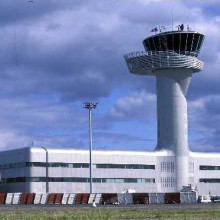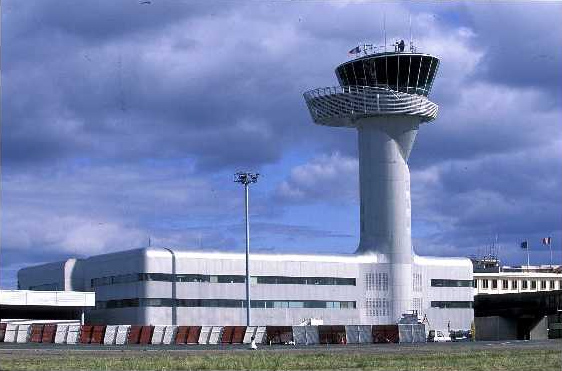With the Malaysian Airlines flight MH370 still missing after nearly two weeks, some people are asking how you can lose a plane? But with over 6000 aeroplanes flying above us every day it's essential that air traffic control keeps in contact with them all. Here's your Quick Fire Science on how we know where aeroplanes are with Harriet Johnson and Kate Lamble.
In this episode

00:00 - Air Traffic Communication
Air Traffic Communication
With the Malaysian Airlines flight MH370 still missing after nearly two weeks, some  people are asking how you can lose a plane, but with over 6000 aeroplanes flying above us every day it's essential that air traffic control keeps in contact with them all. Here's your quick fire science on how we know where aeroplanes are with Harriet Johnson and Kate Lamble...
people are asking how you can lose a plane, but with over 6000 aeroplanes flying above us every day it's essential that air traffic control keeps in contact with them all. Here's your quick fire science on how we know where aeroplanes are with Harriet Johnson and Kate Lamble...
- In controlled airspace, pilots are guided by air traffic controllers and must provide a flight plan for each journey, including details of their destination and route.
- Air traffic control uses two radar systems to track planes. Primary radar can detect and report the position of any object which reflects the radar signals transmitted. This can be anything from birds to planes to even changes in the landscape.
- Secondary radar allows for more specific information. It links to a transponder onboard the plane which then returns a radio signal to air traffic control. It identifes the plane and provides information on its location.
- Radar signals only travel in straight lines, like light, so if the plane travels too far from the radar it will pass over the horizon and be invisible to air traffic control.
- This often occurs when travelling over large oceans, from then on any location information must be sent by the plane using satellites or high frequency radio.
- Both of these can be used for the Aircraft Communications Addressing and Reporting System or ACARS, which is like a text message system between the plane and air traffic control.
- For electrical and fire safety reasons the communication systems are able to be manually switched off. This also reduces unnecessary signals clogging up the air traffic control when the plane is on the ground.
- The ACARS system and the transponder are believed to of been purposefully switched off on MH370 allowing the Malaysian Airlines plane to effectively disappear.
- But the satellites which can exchange voice messages to and from air traffic control can also send signals which the plane automatically responds to if it is still active. These 'pings' revealed that it continued flying for hours after the loss of the other communication systems.
- The pilot receives additional GPS information with the plane's position, but this is not usually sent to the ground. A new system, automatic dependent surveillance-broadcast, or ADS-B, will incorporate GPS information and is set to replace radar as the main method for tracking flights in the next ten years.
- As the missing plane is no longer transmitting any signals the only way to find it now is to send out search parties and literally look for it. The families of the passengers can only wait and hope.










Comments
Add a comment